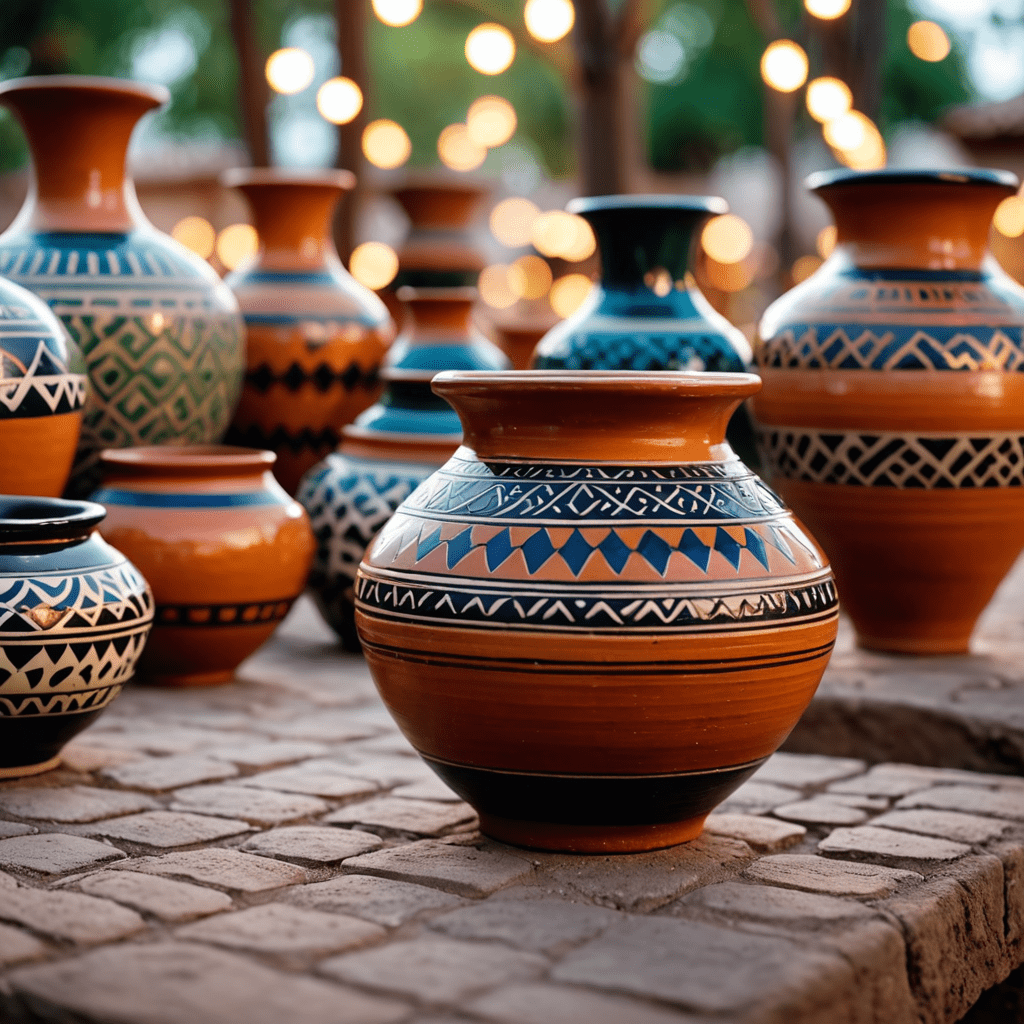
The Cultural Significance of the Guellala Pottery Tradition
Introduction
The Guellala Pottery Tradition is a centuries-old craft that holds deep cultural importance in the town of Guellala, located on the island of Djerba in Tunisia. This art form has been passed down through generations, reflecting the rich history and heritage of the region.
History of Guellala Pottery
The history of Guellala pottery can be traced back to ancient times when Berber and Arab tribes inhabited the island of Djerba. The art form evolved over time, influenced by various cultures and traditions, resulting in the unique pottery style seen today.
Techniques and Designs
Artisans in Guellala use traditional techniques to create their pottery, including hand-shaping the clay, decorating it with intricate designs, and firing the pieces in kilns. The pottery is known for its vibrant colors, geometric patterns, and symbolic motifs that often reflect the area’s natural surroundings.
Symbolism and Meaning
Each design on Guellala pottery carries symbolic meaning, representing elements such as protection, fertility, and prosperity. These symbols are deeply rooted in the local culture and beliefs, making the pottery not just decorative but also laden with cultural significance.
Economic and Social Impact
The Guellala pottery tradition plays a vital role in the local economy, providing income for artisans and their families. Additionally, the craft fosters a sense of community pride and identity, preserving cultural heritage and passing on traditional skills to younger generations.
Preservation Efforts
In recent years, there has been a focus on preserving and promoting the Guellala pottery tradition to ensure its continuity for years to come. Various initiatives have been undertaken to support artisans, raise awareness about the craft, and encourage both locals and tourists to appreciate its cultural significance.
Conclusion
The Guellala pottery tradition stands as a testament to the creativity, skill, and cultural heritage of the people of Djerba. Through its unique designs, symbols, and techniques, this ancient art form continues to thrive, enriching the lives of those involved and captivating admirers around the world.
FAQ: The Cultural Significance of Guellala Pottery Tradition
What is Guellala Pottery Tradition?
Guellala Pottery Tradition is a centuries-old craft practiced in Guellala, a town on the Tunisian island of Djerba. It involves the skillful creation of unique pottery pieces using traditional techniques handed down through generations.
Why is the Guellala Pottery Tradition culturally significant?
The Guellala Pottery Tradition holds immense cultural significance as it symbolizes the rich heritage and artistic prowess of the Djerbian community. The intricate designs and motifs on the pottery pieces often reflect elements of Berber, Arab, and African cultures, making each piece a true work of art.
How does the Guellala Pottery Tradition impact the local community?
The Guellala Pottery Tradition plays a vital role in the local community by preserving cultural identity, providing income for artisans, and attracting tourists interested in authentic handmade crafts. This tradition also fosters a sense of pride and connection to the region’s history and traditions.
What techniques are used in the creation of Guellala pottery?
Artisans involved in the Guellala Pottery Tradition employ various techniques such as wheel-throwing, hand-building, and intricate carving to shape and decorate the pottery pieces. The use of locally sourced clay and natural dyes further adds to the


